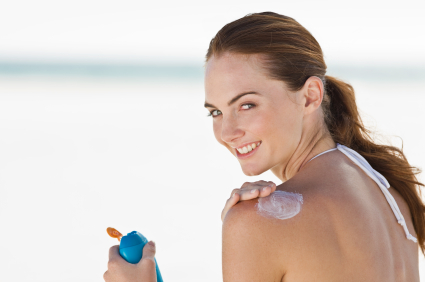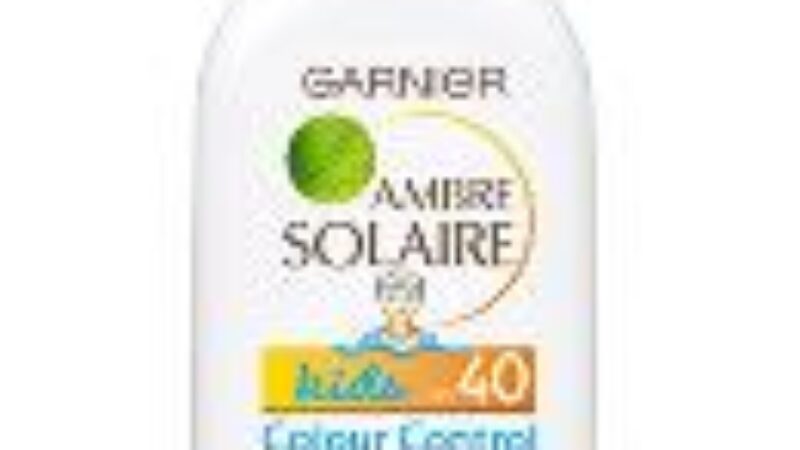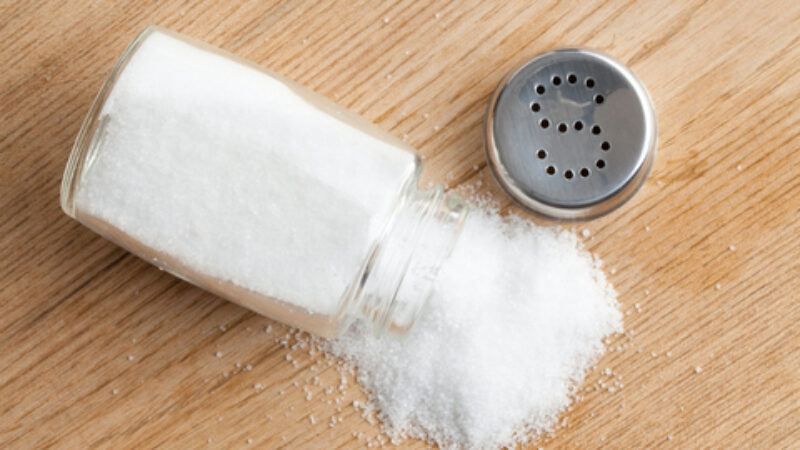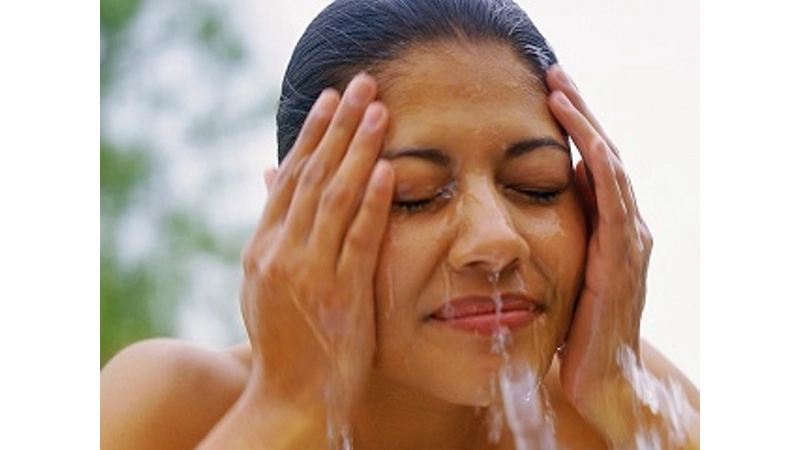It seems that with the sun out in full force that the discussion around the topic of sunscreen is heating up again. Whether I’ve been to a barbecue, a birthday party or meeting friends for coffee, people are debating their best sun protection strategy.
Sunscreen Safety
And it’s no wonder. I recently wrote about the estrogenic effects of sunscreens and the increasing incidence of melanoma. We also know that some sun filtering agents have been found to be linked to skin damage, releasing free radicals upon exposure to sunlight. There is even speculation that sunscreens may be linked to the increase we are seeing in skin cancer. While this particular bit of speculation is a very complex topic, keep in mind that the Center for Disease Control (CDC) still maintains that between 65 and 90% of melanoma is caused by unprotected exposure to UV light. The CDC advises individuals to protect sun safety, in which the use of a broad spectrum UVA/UVB blocking sunscreen is one important aspect.
With all the controversy surrounding this topic, how do you decide what to do? A chemical sunscreen? A physical sunscreen? No sunscreen at all? Live like a hermit and avoid the sun?
My article on physical vs chemical sunscreens last year explained the difference between two major types of sunscreens. However, research continues to evolve and it didn’t take into account the fact that some chemical filters (oxybenzone, octinoxate, etc) may disrupt hormones, increase skin irritation and also release free radicals. Fortunately, some of the newer chemical filters such as Mexoryl SX, Mexoryl XL and Tinosorb seem to be void from these side effects giving us safer options. As well, we are also fortunate to have two inert physical blocking options in the form of zinc oxide and titanium dioxide. Although there is still some controversy surrounding the use of nano and micronized particles in the manufacture of physical blocking sunscreens, the Environmental Working Group maintains that they are our safest options at present.
What Does This Mean For You?
The sun is an important aspect of daily life, integral to both our emotional and physical (sunlight is essential for the production of Vitamin D). It’s not realistic to expect anyone to avoid it, but it does make sense to enjoy it safely. As I’ve advised in countless other blogs and articles:
- Seek shade or stay out of the sun during peak hours (10 am and 4pm)
- Cover up with clothing, sunglasses and hats
- Take extra care when around water and snow as UV rays reflect off these surfaces and you may suffer skin damage more quickly than you would otherwise
- Use a broad spectrum UVA/UVB blocking sunscreen (the choice is yours and you can choose from a range of photostable, non free-radical generating options such as Anthelios sunscreens and Keys Solar Rx.
I’m aware that there isn’t a perfect option as yet. But it’s good to see that smaller manufacturers are taking note. As I write this, I’m investigating safer, effective options and will keep you posted about new additions to the store catalogue.




